Types of Ecosystems
Compare six types of ecosystems with our Ecosystem Matchcard.
Free Download Below
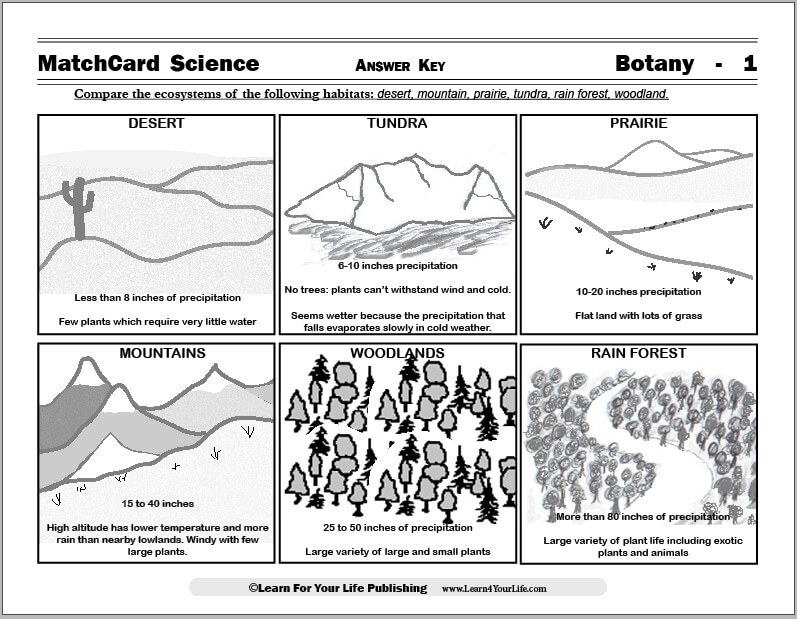
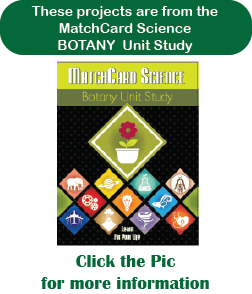
MatchCard Science 6 Types of Ecosystems
Objective: Compare the ecosystems of the following habitats:- Desert
- Prairie
- Woodlands
- Mountain
- Rainforest
- Tundra.
MatchCard Information Pieces provide pictures of ecosystems, average annual precipitation, and information on the habitats. Students match the information pieces.
Download the Ecosystem Diagrams and MatchCard
Students will match the ecosystem diagrams, type of ecosystem, amount of precipitation, and facts about the different ecosystems.
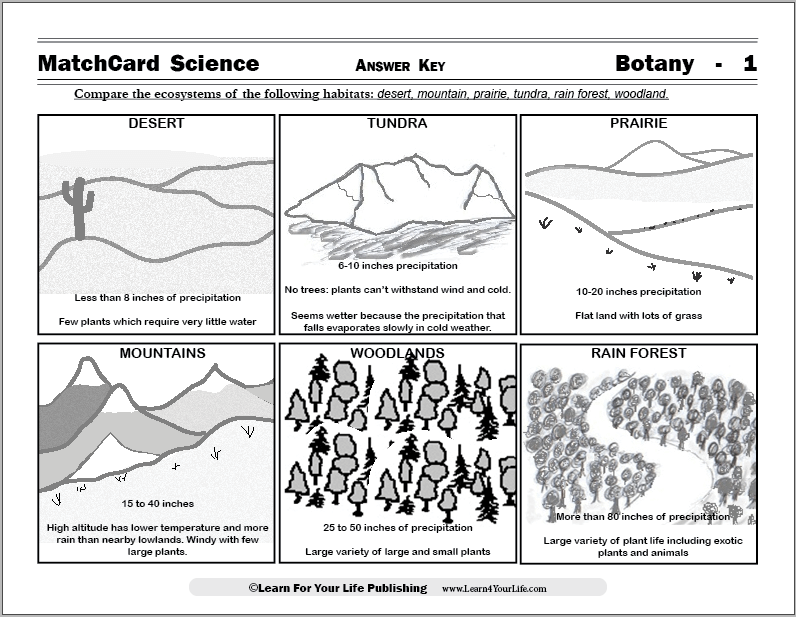

This is MatchCard #1 of the Botany Unit Study. Teaching Ideas and Projects below.
What Is An Ecosystem?
Ecosystem Definition
An ecosystem is the relationship between the living and non-living elements in an environment. It particularly refers to the relationship between:- Plants
- Animals
- Precipitation (rainfall as well as snow or other types of precipitation)
- Weather
- Geologic formations (mountains, volcanoes, etc.)
- Bodies of water (standing or running)
- Length of season
- Natural disasters (earthquakes, fires, volcanoes)
- Human populations (pollution, protection or destruction of forests)
6 Different Types of Ecosystems
Ecosystem Desert
Hot, Dry, Low Rainfall in the Desert
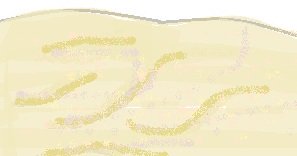
There are very few plants, and the few that are there require very little water. Obviously, the animals there need to be able to:
- Tolerate high temperatures
- Need little water
- Live without shade
Tundra Ecosystem
Polar Ecosystem - Tundra is Cold and Dry
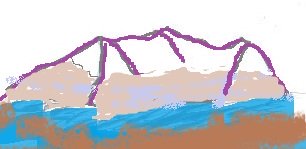
There is very little precipitation in the tundra; only 6 to 10 inches per year. Therefore there are very few plants. We don't think of the tundra as being dry and hot like the desert. The cold air makes the small amount of precipitation stay around for a long time, mostly as ice.
Very few plants can withstand the cold temperature and lack of rain. You won't find any trees or flowering bushes here.
Not many plants. Not many animals. For that reason (and others) the polar bear doesn't have many friends.
Grassland Ecosystem
Prairie Ecosystems are Flat, Grassy
Deserts and mountains are often near grasslands.
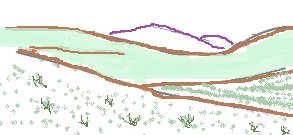
Often prairies are on the outskirts of desert or mountain areas. Obviously they get more rain; approximately 10 - 20 inches precipitation per year.
Grasslands have lots of...... grass! They also have low bushes, flowering plants, and a few isolated trees. The increased variety of plants provides for a greater number of animals than you find in the desert.
Ecosystem Mountains
High Altitude and Low Temperature in Mountain Ecosystem
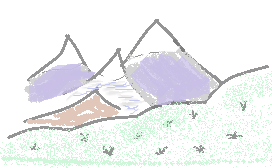
The increased precipitation allows for a larger variety of plant life. But the plants have to be able to withstand the gusts of wind and cold temperatures. So do the animals.
Think of how mountain animals are adapted to their hilly habitat.
Woodland Ecosystem
Precipitation Loving Ecosystems of Woods and Forests
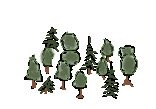
The trees in turn provide shelter and food for a large variety of animals.
Rainforest Ecosystems
Abundance of Exotic Plants and Animals Fill the Rainforest Ecosystem
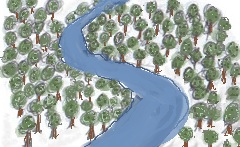
The rain! Rainforests get more than 80 inches of precipitation in a year. That rain produces thick, lush vegetation.
The vast varieties of plant life found in the rainforest produce an equally abudant and exotic animal life. Take your camera for some colorful pics, but look out for some unfriendly creatures.
Pictures of Ecosystems
Type of Ecosystem Quiz
Match the ecosystem diagram to the information below.



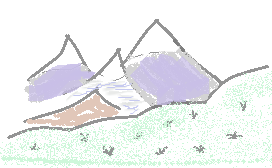
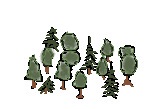
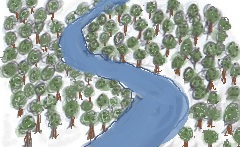
What is the ecosystem with high altitude, low temperature, and moderate precipitation?
What is the ecosystem with the highest precipitation and highest variety of plants and animals?
What is the ecosystem with high temperature and low precipitation?
What is the ecosystem with high precipitation and is found on every continent?
What is the ecosystem with flat land and moderate precipitation?
The Ecosystem Matchcard above can be printed and used as a quiz or game. Answers included on the second page.
Ecosystem Projects For Kids
Rain to Animal Chart
You can start your study of all the ecosystems with this project, or do it as each is individually introduced.Brainstorm all the animals they can think of that belong in a particularly ecosystem. Make a list as animals are called out.
Continue the brainstorm session until they can think of no other living organisms.
Then make a comparison chart of the six types of ecosystems. The amount of precipitation would be the independent variable on the bottom. The number of commonly known species (that they called out) is the dependent variable. It becomes obvious that rainfall and animal life are related.
Plants, Please
While all the elements of the environment are significant, plants can be considered the tie between the non-living environment and the animal population.Make a poster showing the relationship between plants and all other elements in an ecosystem. Get detailed. Think of rocks, air, clouds, temperature.
Include the animals: food, shelter, reproduction.
Ecosystem Diorama
It's an old project, but after decades of use it still works great to demonstrate an ecosystem. Use a shoe box or other small box to create a diorama of a particular ecosystem. Include rocks, soil, plants, and animals.The diorama includes pictures of scenery taped to the box, as well as soil and rocks on the bottom. Use 3-D figures for plants and animals. Foil or blue construction paper can represent bodies of water.
Okay, this should be done at the beginning of the study of the ecosystem. As they learn more about the plants and animals, they should include more detail to their diorama.
Finalize this project by having them tell (orally or in writing) the relationship between the geology, weather, plants, and animals.
Mini Ecosystem at Home
Terrarium
Terrarium's are miniature ecosystems you can design, build, and maintain in your own home. A good terrarium takes some planning, but it is worth the effort.The basic formula for a closed terrarium ecosystem is: container with a lid. Add:
- Pebbles for the bottom
- Activitated charcoal
- Potting Soil
- Small amount of moss
- One small cactus
- One small fern
- Shells or stone for decoration
- 2 Tbsp of distilled water (add a little more if needed. Easier to add extra if the soil is dry than take it way.)
Aquariums
Well, here is a whole new adventure in ecosystems - this one in underwater ecosystems.This of course is not a science project, but a hobby - or even career. A little more detail than I can include on this page.
However, if you are now or soon will become a happy aquarium owner, point out how an aquarium is an ecosystem. What makes up this ecosystem? What would happen to your fish if you just put them in your bathtub?
Science Fair Experiment: Different Soils
If different plants are found in different eco-systems, will a plant grow better in a particular soil?Design an experiment to find out. You could choose three or more different types of soil:
- Sand
- Sandy Soil (half sand, half soil)
- Gardening soil
- Clay Soil
- Fetilizer and soil
- Loam
- Bean sprouts
- Cactus
- Moss
- Flowering plant
- Fern
MatchCard Science
How To Use MatchCards

Download the FREE MatchCard Science Instructor's Guide and see how MatchCards can make building their science knowledge base fun.
Botany Unit Study
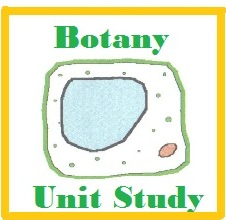
Check out our entire Botany Unit Study with 11 objectives.
12 Science Unit Studies

Chemistry is only one of twelve complete unit studies for kids in 3rd to 8th grade.
Comprehensive objectives, hands-on projects, suggested science fair experiments, and the fun game-like MatchCards keep them interested in learning science. See all twelve MatchCard Science Unit Studies.
About Our Site
Hands-On Learning













